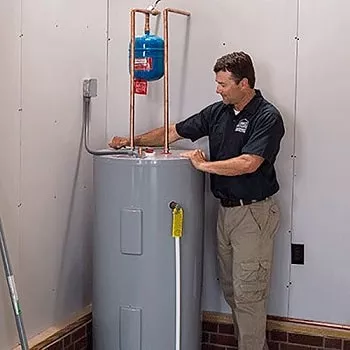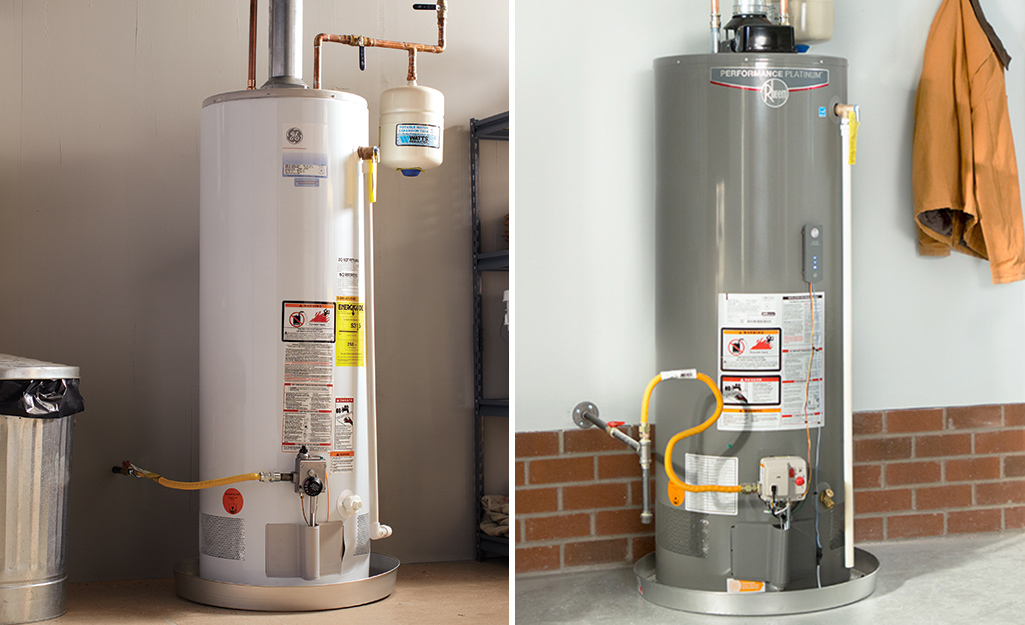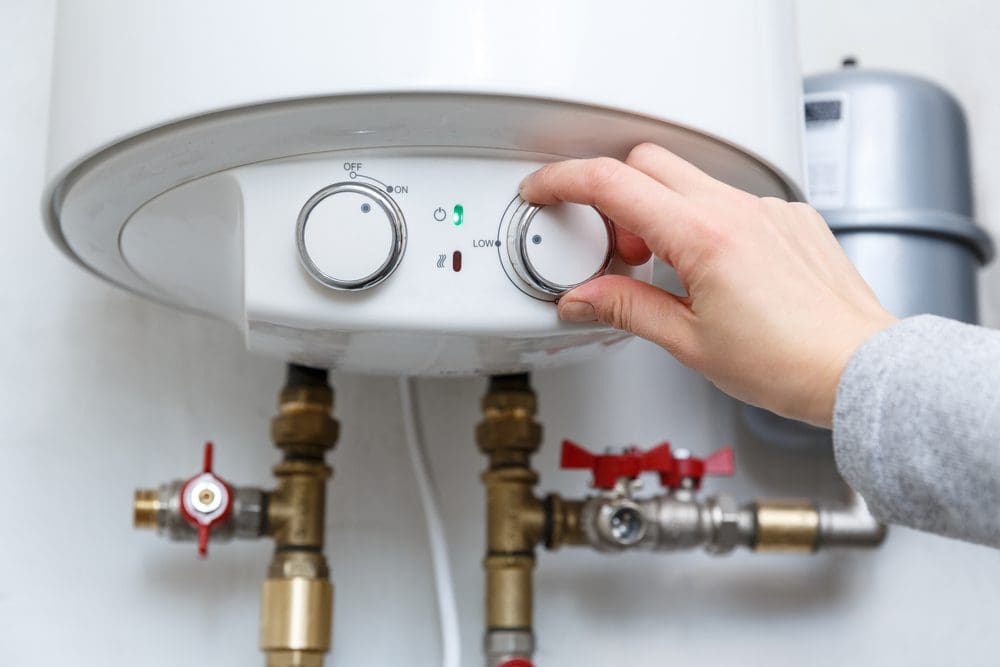Total Overview to Water HeaterInstallation and Substitute
Comprehending the intricacies of water heating unit installation and replacement is important for home owners looking for to make certain efficiency and integrity in their warm water supply. From choosing the proper kind and size to implementing a seamless setup procedure, numerous elements have to be considered to prevent usual pitfalls.
Sorts Of Water Heaters
When considering hot water heater setup and replacement, it is vital to comprehend the different kinds of hot water heater available in the marketplace. The most typical kinds consist of container water heating units, tankless hot water heater, heatpump water heating systems, and solar hot water heater.
Storage tank hot water heater are typical systems that keep a details volume of hot water, making them conveniently available when required. They are generally cheaper ahead of time yet might sustain greater energy costs gradually as a result of heat loss. On the other hand, tankless hot water heater provide hot water on need, eliminating the need for storage space. They are energy effective and can save space, but their initial costs are normally higher.
Heatpump hot water heater use electrical power to move heat from the air or ground to heat water, offering significant energy cost savings yet needing even more space and specific setup problems. Lastly, solar water heaters harness solar energy to warm water, providing a green alternative with possible long-term cost financial savings, although they frequently call for a backup system for cloudy days.
Recognizing these choices ensures notified decisions pertaining to installation and substitute, dealing with particular needs and choices.
Picking the Right Size
Picking the proper dimension for a hot water heater is crucial to ensure optimal efficiency and effectiveness. An unit that is also little will certainly have a hard time to fulfill home demands, causing inconsistent warm water accessibility and enhanced power usage. Conversely, an extra-large water heating unit can lead to unnecessary power waste and higher energy bills.
To figure out the best dimension, think about the household's height hot water use. This can be calculated based upon the variety of residents and their typical hot water demands. A family of four might require a water heating system with a capability of 50 to 80 gallons, depending on the usage patterns, such as synchronised showers and laundry.
Additionally, assess the recuperation price, which gauges how swiftly a heating system can replenish warm water after it has actually been made use of. For tankless models, concentrate on the circulation price, determined in gallons per min (GPM), to ensure it meets the family's simultaneous need.

Installation Refine Summary

Next, the old system should be separated and eliminated, making sure to adhere to regional codes and regulations relating to disposal. Once the old device is out, the new hot water heater can be placed in place. This action involves attaching the supply of water lines, ensuring that all installations are protected and leak-free.
After developing water connections, it's important to attach the power supply, whether electric or gas, adhering to the producer's guidelines thoroughly. As soon as all connections are made, the system needs to be loaded with water, and the power can browse around this web-site be turned back on. It's vital to check for leaks and make sure the water heating system is functioning properly prior to finishing the installation process.
Usual Installment Mistakes

An additional constant mistake is overlooking to adhere to neighborhood codes and policies. Stopping weblink working to stick to these criteria can not just lead to safety risks however might additionally result in costly fines or the requirement for expensive reinstallation.
Wrong pipes links are likewise a prevalent error. Falling short to safeguard links or making use of the incorrect kind of fittings can lead to leakages and water damages. Forgeting the relevance of a correct drainpipe frying pan can result in substantial water damages if leaks do occur. Poor insulation of pipelines can lead to warm loss, decreasing efficiency. By avoiding these usual installment errors, home owners can guarantee their water heating unit operates securely and successfully, taking full advantage of performance and longevity.
Upkeep Tips for Durability
Proper upkeep of a water heating unit is vital for its longevity and optimum performance. Regular inspections and maintenance can stop costly repairs and extend the device's life expectancy. Begin by inspecting the temperature setup; it ought to typically be established in between 120 ° F and 140 ° F for optimal power effectiveness and safety.
Every 6 months, flush the tank to get rid of sediment buildup, which can impair home heating effectiveness and cause deterioration. To do this, switch off the heater, link a hose pipe to the drain valve, and let the water run up until it is clear.
Anode rods need to be examined yearly and changed when they read review are worn away. These poles assist protect against storage tank corrosion by attracting corrosive components in the water.
Furthermore, check the pressure alleviation shutoff frequently to guarantee it is functioning properly. This shutoff is important for preventing extreme pressure buildup within the storage tank.
Lastly, consider setting up a specialist maintenance check every few years for extensive evaluations and maintenance. By sticking to these upkeep ideas, home owners can dramatically enhance the effectiveness, security, and life-span of their hot water heater, ensuring reliable warm water for many years ahead.
Final Thought
In final thought, proper setup and upkeep of water heaters are important for making certain performance and long life. By understanding these essential aspects, homeowners can attain a reputable hot water supply while minimizing possible issues related to water heating unit operation.
Comprehending the details of water heating system setup and replacement is critical for home owners looking for to guarantee performance and dependability in their hot water supply.Storage tank water heating units are conventional systems that store a particular volume of warm water, making them readily available when required. In contrast, tankless water heating systems supply hot water on need, removing the requirement for storage space. Choosing a water heating system that is either also tiny or as well big can lead to ineffectiveness, resulting in poor hot water supply or extreme energy usage.
By understanding these essential elements, house owners can attain a reputable hot water supply while decreasing prospective issues connected to water heating unit procedure. drain cleaning.